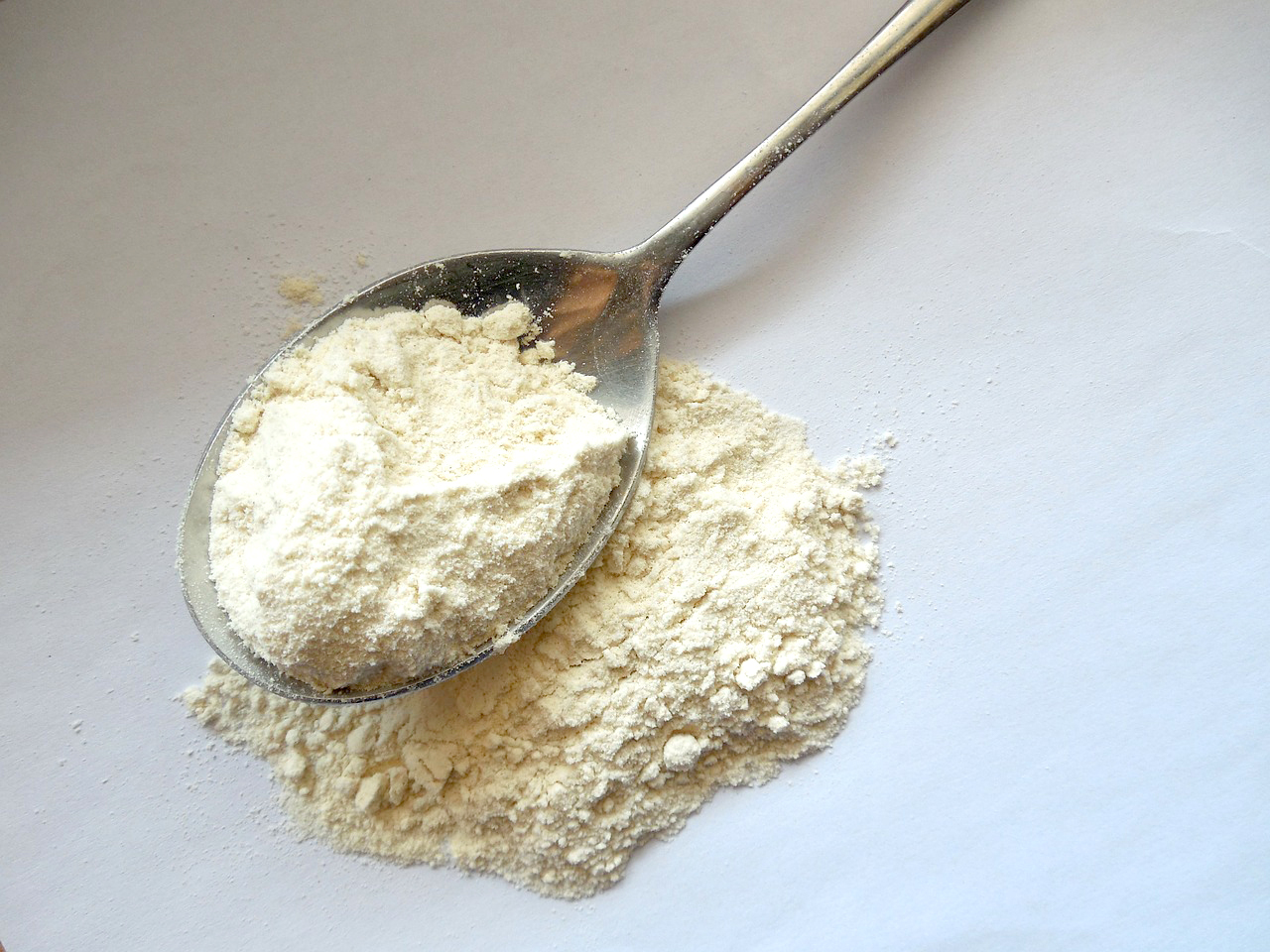So your doctor has instructed you to stay away from gluten. Yet, you love to cook and you’re worried that some of your favorite recipes for soups, cookies and breads will go to waste. There’s no need to eliminate these wonderful foods if you can find an alternative to the wheat flour you’ve always used. Below are the six best gluten-free flours around and how they’re going to change your life – as well as your cooking.
1. Amaranth Flour
This flour is made from a plant and is high in protein, magnesium, iron and fiber. It’s great as a thickening agent for sauces or breading, but must be combined with other flour mixtures if used for baking. Experiment with it by making gluten-free cookies or vegan flatbreads.
2. Buckwheat Flour
This flour doesn’t come from wheat, like you may assume. Actually, it’s a fruit seed linked to rhubarb. It’s a good alternative to wheat flour if you’re making bread, but make sure not to use more than half of it in the total mixture. Try something new by using it to make gluten-free pancakes or waffles.
3. Chick Pea Flour
This flour is exactly what it sounds like: ground from chick peas. It’s not only gluten-free, but it’s also grain-free and nut-free, so if you have food allergies, this flour is a good option for you. It has a light, nutty taste and it makes desserts moist, so it’s a favorite in various baked goods. The next time you’re craving a veggie burger, though, mix it with vegetables and/or beans before pressing that patty.
4. Brown Rice Flour
This medium weight flour has high fiber content and overall, a greater nutritional value than white rice flour. For many recipes, this one may be mixed with other types of flours to get more of a desired consistency in the product. Combine some brown rice flour with some arrowroot flour (we’ll talk about that one next) and a few other simple ingredients to make wonderful gluten-free tortillas.
5. Arrowroot Flour
This flour is derived from the root of various tropical plants and is actually a starch. In fact, it’s very similar to cornstarch, but isn’t linked to the GMOs that are nowadays found in corn. It’s a great thickening agent, so many people include it when making sauces and stews. The next time you create a pie filling for entertaining, try arrowroot flour instead of wheat or corn.
6. Chia Flour
This flour is made from chia seeds and is full of fiber, calcium, Omega 3 and protein. Many use chia seeds to enhance energy levels and consider it a “superfood” for so many reasons. If you’re making dough that is already thick, using chia flour alone is just fine. If you’re using it to bake, consider adding at least one other gluten-free flour to the mix. Think about using chia seeds the next time you mix jellies or jams and throw some chia flour into your next batch of eggplant parmesan.










